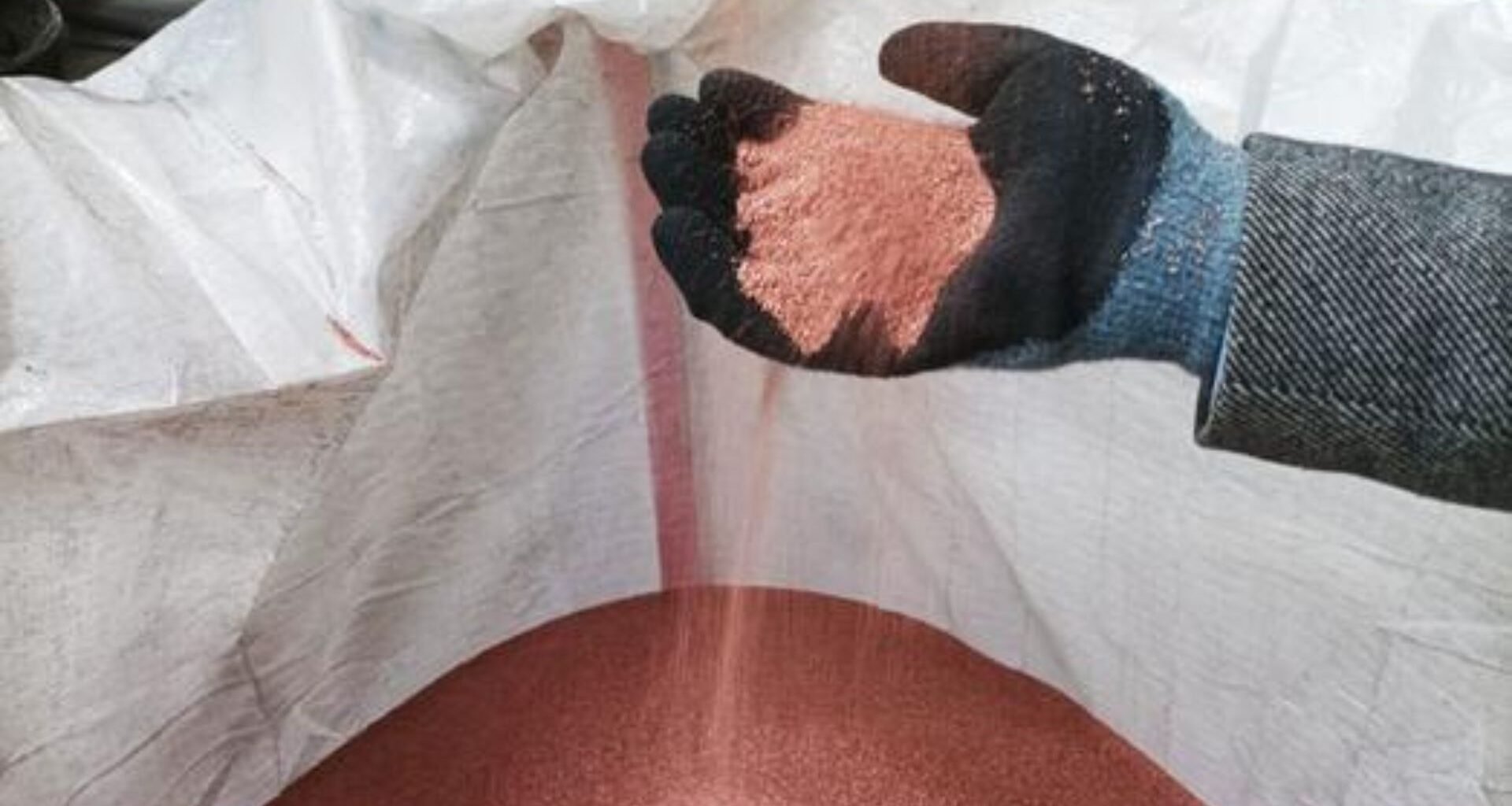Europe’s “urban mine” of electronic waste now contains 1 million tons of critical raw materials (CRMs) annually.
It could benefit green technologies, digital infrastructure, and modern defense.
The report was released on International E-Waste Day on October 14 and published by the European Union-funded FutuRaM consortium.
It provides the most comprehensive data yet on the flow of electronic and electrical equipment (EEE) from sale to end-of-life across the EU27+4 region (EU, UK, Switzerland, Iceland, and Norway).
“Europe depends on third countries for more than 90% of its critical raw materials, yet we only recycle some of them as little as 1%. We need a real change in mindset in how Europe collects, dismantles, and processes this fast-growing e-waste mountain into a new source of wealth,” said Jessika Roswall, the EU Commissioner for Environment, Water Resilience, and a Competitive Circular Economy.
“Trade disruptions, from export bans to wars, expose Europe’s vulnerability. Recycling is both an environmental imperative and a geopolitical strategy,” Roswall added.
A mountain of materials
In 2022 alone, Europe generated a staggering 10.7 million tonnes of e-waste – roughly 20 kg per person.
While 54% was managed compliantly, 46% (5.0 million tonnes) disappeared into non-compliant channels, including landfills, incineration, or mixed metal scrap. It led to substantial losses of valuable materials.
From the e-waste that was compliantly treated, roughly 400,000 tonnes of CRMs were recovered.
It included a huge amount of copper (162,000 tonnes), aluminum (207,000 tonnes), silicon (12,000 tonnes), tungsten (1,000 tonnes), and palladium (2 tonnes).
The report projects that the total volume of Waste from Electrical and Electronic Equipment (WEEE) could rise to between 12.5 and 19 million tonnes annually by 2050.
Simultaneously, the CRMs are expected to grow to 1.2 and 1.9 million tonnes yearly. In terms of recovery, the number stands at over 1.5 million tonnes of CRMs annually by 2050.
“It is hard to imagine modern civilization without critical raw materials,” said Pascal Leroy, Director General of the Brussels-based Waste Electrical and Electronic Equipment (WEEE) Forum.
“Without them, we cannot build the batteries, turbines, chips, and cables that underpin Europe’s green and digital future. By mining our e-waste instead of the planet, Europeans have a powerful opportunity to build our own circular supply chains, reduce exposure to global shocks, and secure the building blocks of our future,” Leroy added.
Photovoltaic panels lead the charge
The fastest-growing e-waste category by 2050 is projected to be photovoltaic panels, soaring from 150,000 tonnes in 2022 to as much as 2.2 million tonnes.
This highlights the need for advanced recycling solutions to recover silicon, silver, and rare metals essential for Europe’s energy transition.
Significant categories, like large equipment (washing machines) and small equipment, are also set for substantial growth.
Europe aims to boost the recovery of critical raw materials from e-waste through a five-pronged strategy.
It aims to boost collection rates to simultaneously bring in more compliant e-waste, ensure products are designed for easy disassembly, and strategically target the richest components for material extraction.
Moreover, Europe hopes to increase advanced recycling capacity and use policy to align financial incentives with recovery goals.
“Europe’s e-waste is not trash, it’s a multi-billion-euro resource waiting to be unlocked,” said Kees Baldé, Senior Scientific Specialist at UNITAR SCYCLE.
“Every kilogram we recover and any device we repair strengthens our economy, reduces our dependency, and creates new jobs,” added the lead researcher.
The findings will directly inform Europe’s evolving policy framework, including the Critical Raw Materials Act, the forthcoming Circular Economy Act, and revisions to the WEEE Directive.

